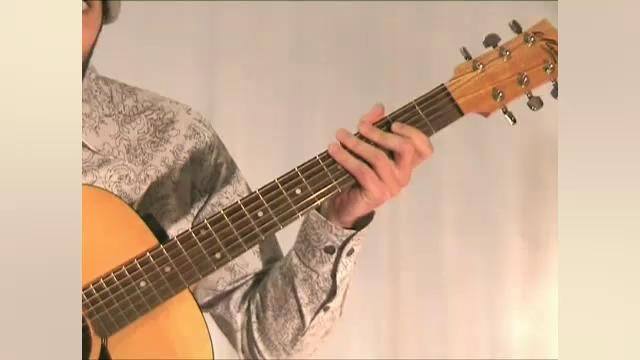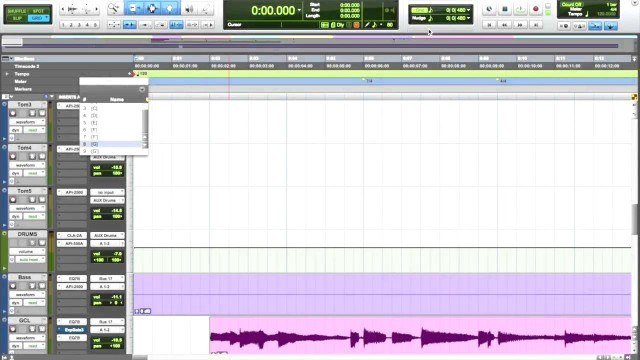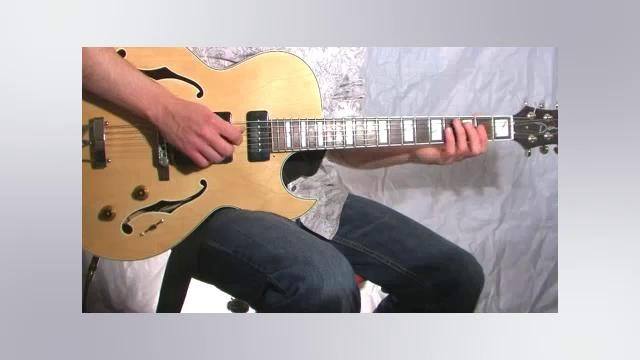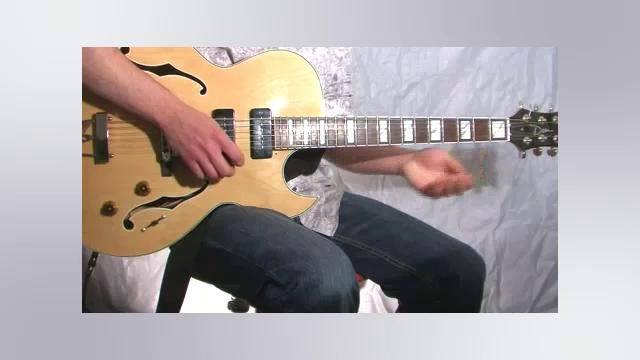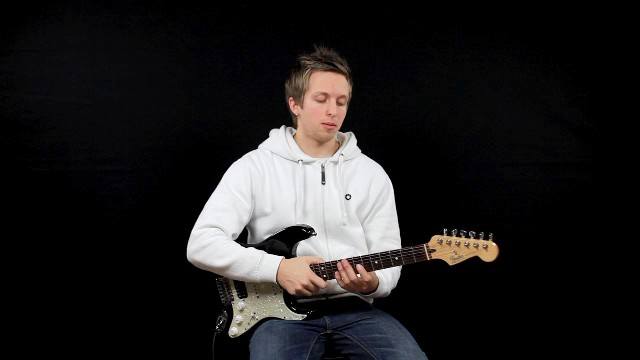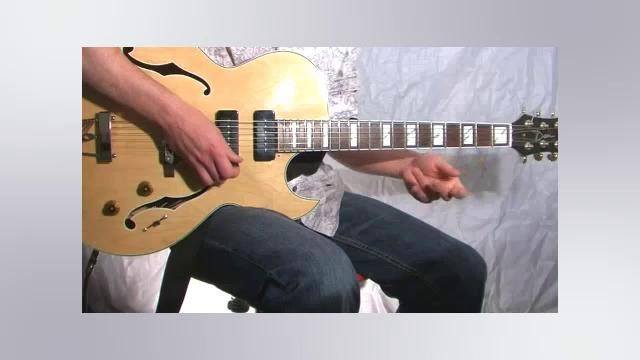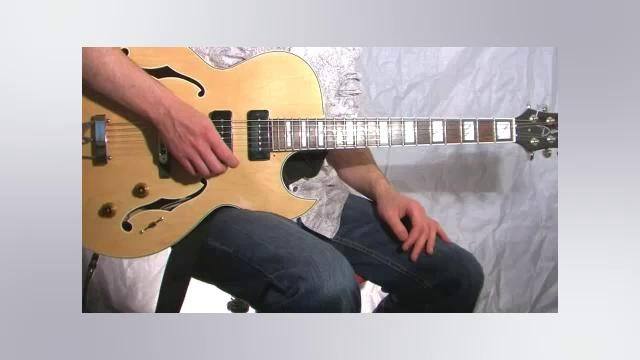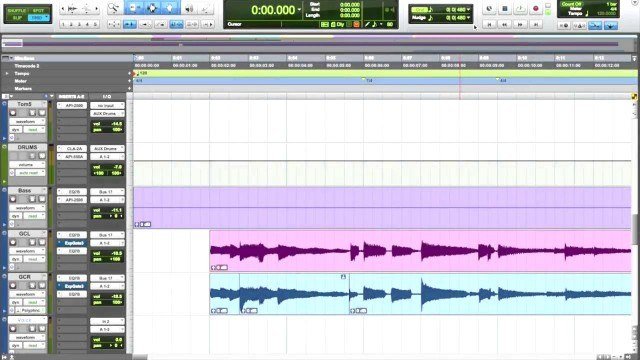Every mode has notes in it that make it different from the other modes, which are called character pitches. In the Ionian mode, the character pitches are the major 3rd and the Major 7th.
|----One Octave----||----Extensions----|
1–2–3–4–5–6–7–8–9–10–11–12–13
To see what chords can be built from any scale, just stack 3rds on top of the root note of the scale or mode. Here are the chords we get from stacking 3rds:
1-3-5 = major triad
1-3-5-7= major 7th
1-3-5-7-9= major 9th
1-3-5-7-9-11= major 11th (dysfunctional)
1-3-5-7-9-11-13= major 13th (dysfunctional)
This will usually result in chords that are usable. However, the major 11th and major 13th chords are only theoretical and are not played because of the dissonance between the 11th note (same as the 4th) and the 3rd when played together.
There are other chords which can be built but not by stacking thirds. Any combination of notes, excluding the 4th and 11th, can be used as a major chord and the major scale will sound good over these chords. Here are other chord possibilities that we get from the Ionian mode:
1-3-5-6= major 6th
1-3-6= major 6th
1-3-5-6-7= major 6/7
1-3-5-9= major (add 9)
1-3-5-6-9= major 6/9
1-2-5= sus2
1-4-5= sus4
1-3-7= major 7 (no 3rd)
1-5= power chord
The fingerboard can be divided into 5 different areas. This is why there are five condensed areas and five extended areas.
The following patterns are completely movable. They can be slid up and down the fretboard so you can play in any key. The root notes (the solid dots) must have the same name as the root of the chord which they are being played over. For example, if you want to use these patterns over a C major 7th chord, each black dot in each pattern must be on a C note.
*Note: the numbers inside the boxes represent the scale degrees so you can see where each scale degree is within each pattern.
Now on the audio track I have included some Vamps to play these scales over. Playing these by themselves is good, but it's a lot better playing over diatonic vamps (diatonic meaning within the key). These will help get the sound and feel of the mode in your ears.
(Vamp #1: G major / A minor 7) (Use G major. All black dots on G notes)
(Vamp #2: C major 7 / F major 7/A) (Use C major. All black dots on C note)
(Vamp #3: Dsus2 / D major 9 / B minor / A major) (Use D major)
(Vamp #4: A major 7 / F# minor 7 / B minor 7 / E7) (Use A major)
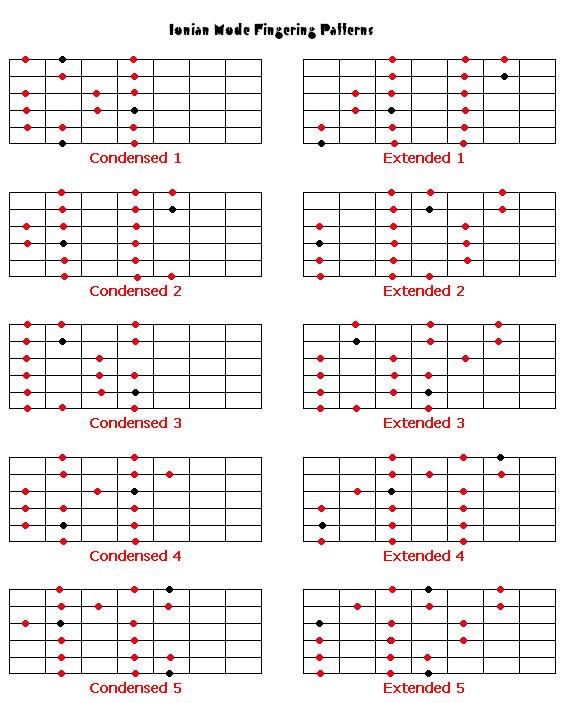 |

































































